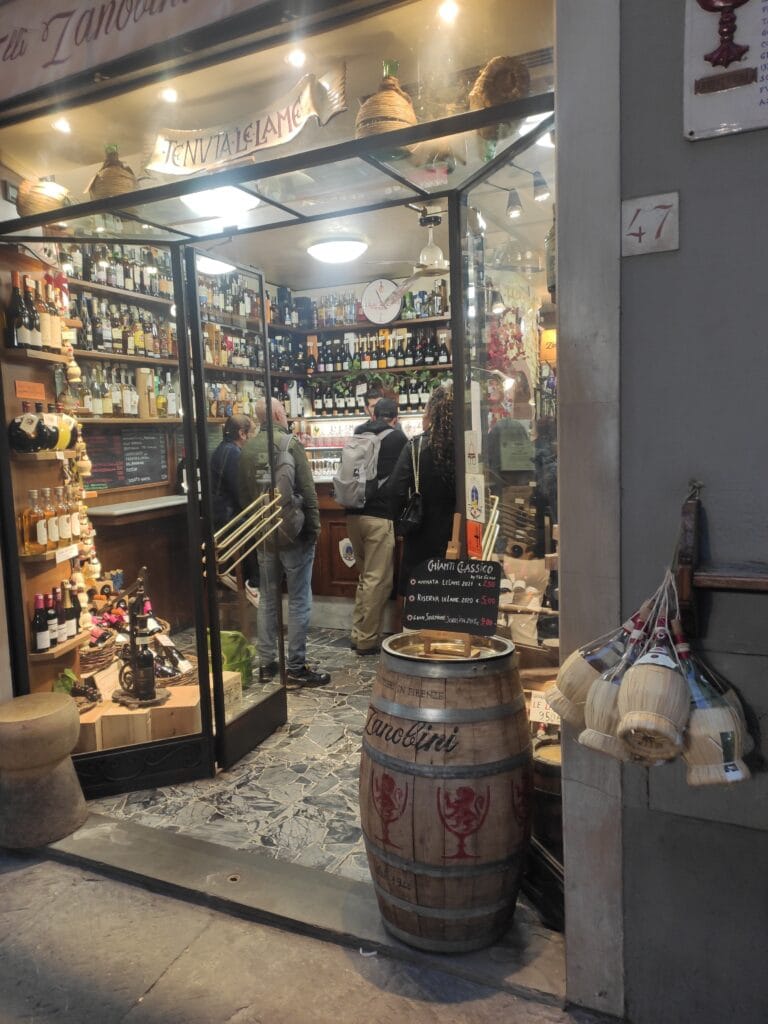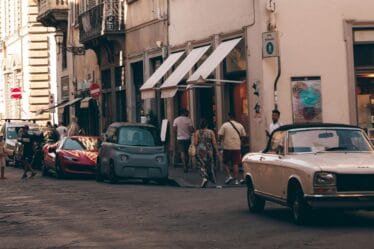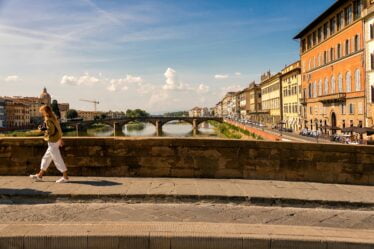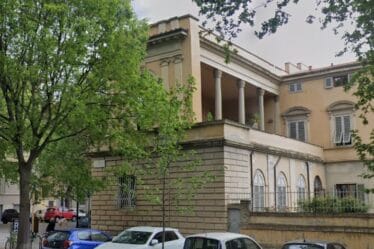

Discover the Fascinating History of Ciardo di Betto’s Tavern in Florence
Picture a lively night in medieval Florence. Music fills the air, growing louder as you approach the bustling Canto alla Cella di Ciardo. The scene is electric: terracotta mugs brimming with wine are raised in celebration, while laughter and spirited conversation echo through the night. This was the legendary Cella di Ciardo, the tavern of Ciardo di Betto, Florence’s most famous vintner.
Not familiar with Ciardo di Betto? Ah, you must be new here! No matter—at Ciardo’s tavern, everyone was treated like a friend.

The Transformation: From Historic Tavern to Modern Wine Shop
Today, the echoes of this vibrant past linger in Via Sant’Antonino, near the corner with Via dell’Ariento, formerly known as Canto alla Cella di Betto. Here, a modern wine and spirits shop run by the Zanobini brothers now occupies the site of Ciardo’s once-famous tavern.
Historically described as a grand loggia supported by octagonal pillars, the tavern was a landmark of Florence. According to Carocci’s 1911 edition of L’Illustratore Fiorentino, the loggia featured Corinthian-style capitals adorned with symbols of the Arte dei Vinattieri (Vintners’ Guild), to which Ciardo belonged.
Symbolism and Political Turmoil
The capitals, now housed in a leather goods store on Via dell’Ariento, are intricately decorated:
- Two running dogs,
- Two crossed pastoral staffs,
- Three roses—representing the Arte dei Vinattieri.
In the 14th century, Ciardo’s tavern became a hub for political discussions and a meeting point for leaders of the Ciompi Revolt, including Giorgio Scali and Michele di Lando. After the revolt, Florence’s Major Guilds regained control, leading to Ciardo di Betto’s execution alongside Giorgio Scali, while Michele di Lando was exiled. The tavern was burned but was later rebuilt in 1536 by Guglielmo di Niccolò Brunetti.
A Living Tribute to Florence’s Past
At Via Sant’Antonino 47/r, a commemorative plaque bearing the symbol of the Vinattieri honors this historic location. This tribute connects modern visitors to the dramatic events and rich heritage of Florence’s medieval past.



